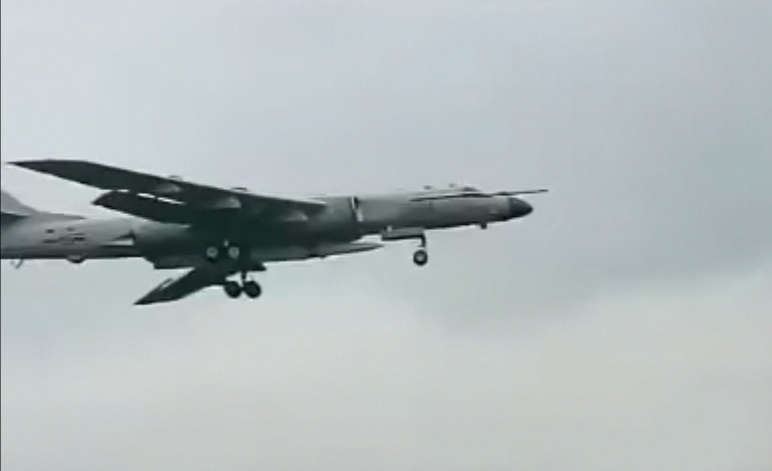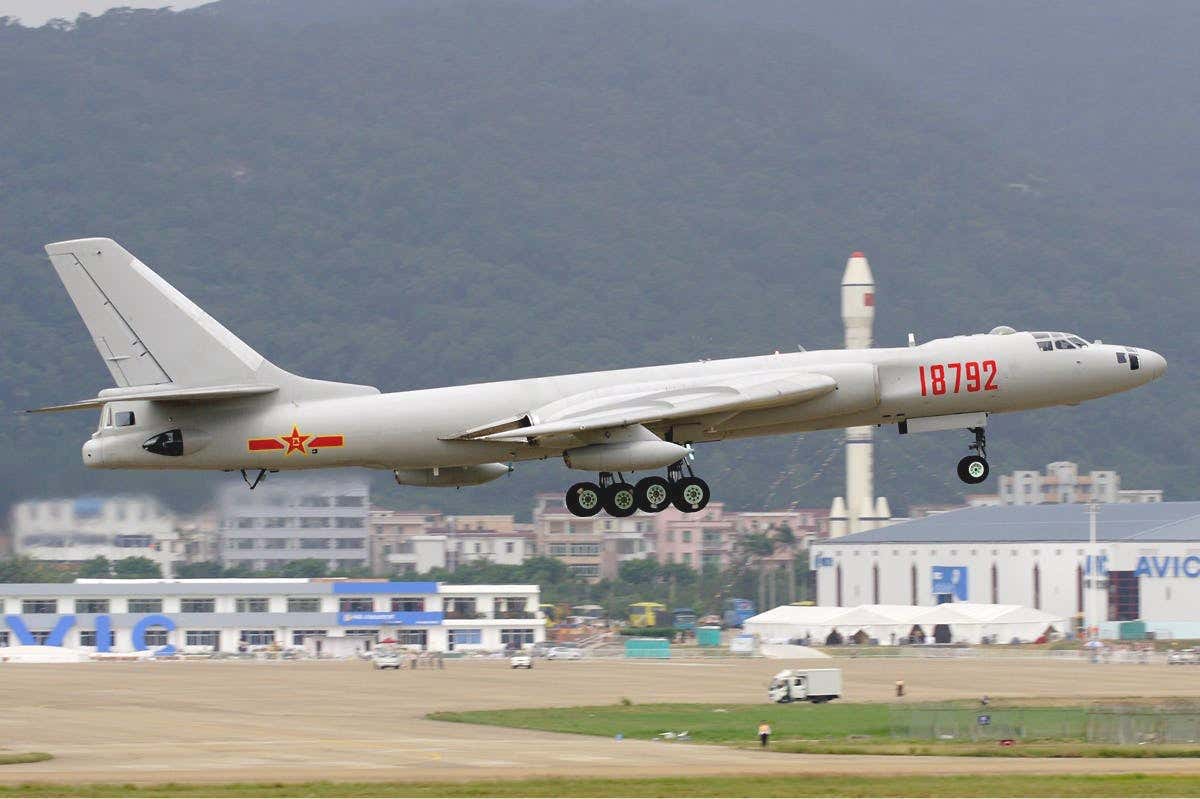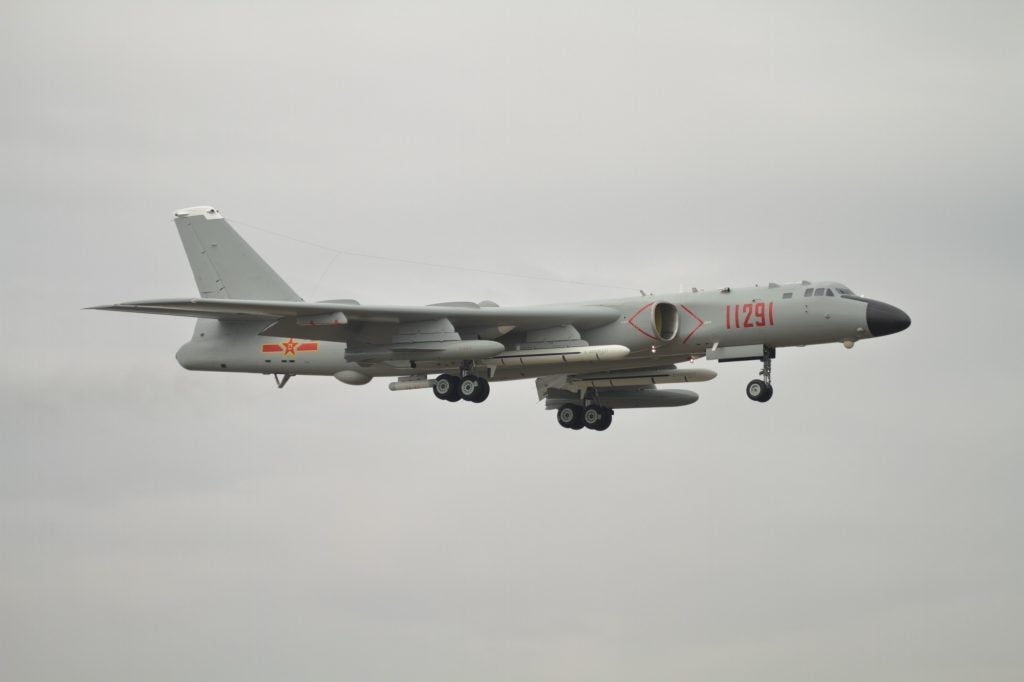The US Navy’s Greatest Fear – China’s New Carrier Killer Missiles
The advance in the construction and development of missiles achieved by the People’s Republic of China is a serious issue raised by the Pentagon in its annual report on the threat posed by the People’s Liberation Army. The decay of US might in the region is concerning to the government of Taiwan which seeks support and protection from the White House. Despite that, the development of long-range weapons able to strike supercarriers of the US Navy at long ranges is a huge concern for the Pentagon, which is already undertaking measures to counter them.
READ: A Short Guide to Naval Missiles

The existence of the CH-AS-X-13 ASBM was first reported by the media back in April 2018. The massive missile is claimed to be a variant of the land-based China’s DF-21 mid-range ballistic missile (MRBM). The CH-AS-X13 anti-ship ballistic missile (ASBM)’s range is not yet known but speculation suggests that it is similar to the DF-21D MRBM variant, which is roughly 1,500 kilometers. With the airborne deployment of the missile its range can vary as the glide from high altitude may actually increase it.
READ: Pacific Power Play: the Decline of US Dominance in the Pacific
The real issue with the newest Chinese aircraft killer is its launch platform. The H-6N strategic bomber – with its operational radius of roughly 2,000 km which can be easily extended with additional in-air refueling. It means that the People’s Liberation Army Airforce is able to launch attacks on US vessels long before it enters the South China Sea in a hypothetical conflict situation. It means also that beyond Guam the US Navy will have to heavily rely on air cover and fleet screen ships.

On the other hand the CH-AS-X 13 ASBM will not find its targets alone. The disadvantage of the Chinese air force at present is in its target surveillance and detection capabilities. Aircraft carriers may look huge, but in reality it would be very difficult for the satellites to find them in the open seas. Besides that, the US Navy development program announced by the former-Secretary of Defense, Mark Esper, will aim to counter the Chinese anti-ship strikes and focus on the US Navy versatility and protection.
Read: US Navy Restructure
In conclusion, Chinese offensive capabilities are on the rise. With their military industry still pushing forward, the gap between PLA forces and the US Army and Navy continues to close in a number of areas. The Chinese still suffer from the lack of necessary know-how in the production of some of the components, such as jet engines, but they counter that in other branches. In both cases the Pentagon has to act. Otherwise it will lose its dominant position in the region.

